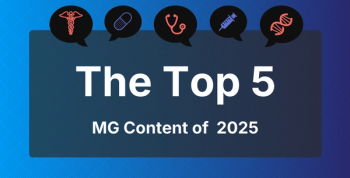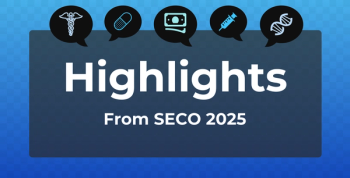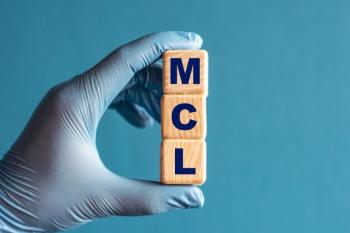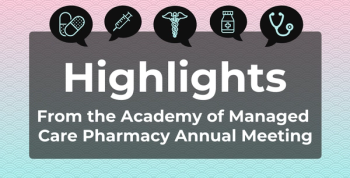
ACA Marketplace Premiums Will Rise While Many Pay Less for Coverage in 2018
Premiums for silver plans will rise substantially more than bronze and gold plans due to many states’ insurers loading the cost from the eradication of the cost-sharing reduction payments in the tier, according to an analysis by The Henry J. Kaiser Family Foundation.
With open enrollment for the 2018 marketplace starting tomorrow, premiums for these health plans were released ahead of time in order to allow consumers to see their plan options.
A report by
The authors illustrated how premiums will change for 2018 by analyzing the change in the lowest-cost bronze, silver, and gold plans in counties participating in the federal marketplace. They showed results for a 40-year-old paying the full premium and for a 40-year-old with an income of $25,000 (207% of poverty), $30,000 (249% of poverty), $35,000 (290% of poverty), and $40,000 (332% of poverty), who would be eligible for a premium tax credit.
“Premiums are rising significantly in many counties across the country, in part due to the decision of the Trump administration to cease payments to insurers for cost-sharing reductions,” wrote the authors. “Insurer participation also declined in many areas, leaving more counties with only 1 insurer, which likely contributed to the high rate of premium growth.”
In the coming year, premiums for silver plans are rising substantially more than bronze and gold plans due to many states’ insurers loading the cost from the eradication of the cost-sharing reduction (CSR) payments in the tier. The unsubsidized premium for the lowest-cost silver plan will increase an average of 35%, while the lowest-cost bronze plan will increase an average of 17%, and the lowest-cost gold plan will increase an average of 19%.
For consumers who receive premium tax credits, the amount they’re required to pay will often be lower. Because of the sharp increase in premiums for silver plans, enrollees eligible for the tax credit will get higher premium tax credits, which will make gold plans more attainable and bronze plans much cheaper.
With these increases, the lowest-cost gold premium will be lower than the lowest-cost silver premium in 459 counties across the country.
In context, a 40-year-old making $35,000 (249% of poverty) and eligible for tax credit will on average pay 39% less for their share of the premium for the lowest-cost bronze plan, 7% less for the lowest-cost silver plan, and 13% less for the lowest-cost gold plan. The savings are higher for those with lower incomes.
“The differences in premium changes across plan types and the peculiar effect these differences have on plan costs for both unsubsidized and subsidized enrollees makes it important that consumers shop around and carefully consider their opinions,” concluded the authors.
Newsletter
Stay ahead of policy, cost, and value—subscribe to AJMC for expert insights at the intersection of clinical care and health economics.







































